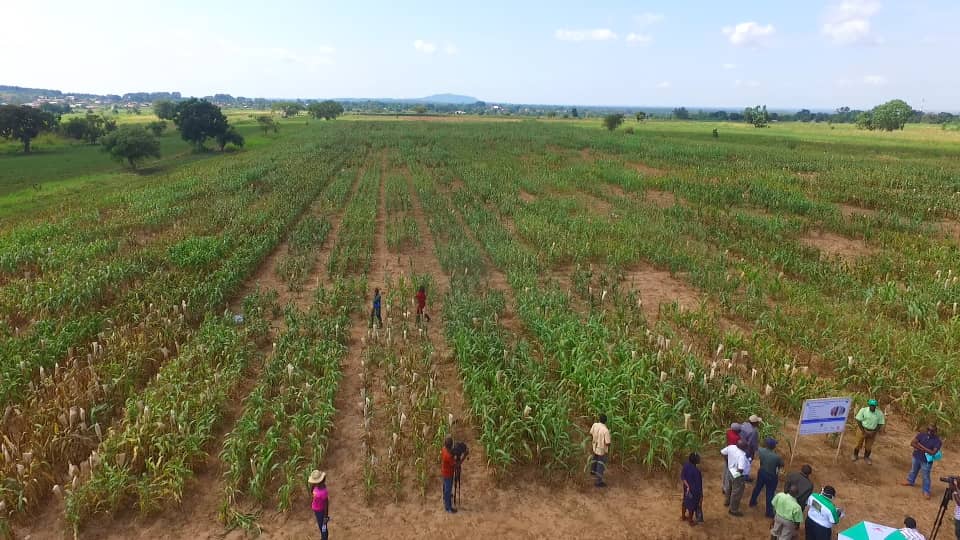Wildlife: African painted dog returns to Uganda after 10 years of extinction
The African painted dog, also known as the hunting dog or African wild dog which has not been in Uganda for the last 10 years has returned to the country.
Speaking to the Jonathan Benaiah Podcast on Wednesday, Thomas Price, the Managing Director for Conservation Through Commercialisation centre(CTC) in Butambala revealed that they had imported a pair of the animals from South Africa.
Keep Reading
“I am happy to say we imported our first two African painted dogs from South Africa. They are the only African painted dogs in Uganda having got extinct 10 years ago,” Price said.
Speaking about being extinct, Price, the Managing Director at the wildlife breeding centre in Butambala said there were some pockets of animals seen in Kidepo but noted there was no evidence to prove these were African painted dogs.
“Currently they are as good as extinct because nobody has credible evidence of the animals. There were some rare sightings in Kidepo but we don’t know if they were the ones or they were misidentified. We also suspect that these were just trespassing from South Sudan because there is a small population of the animals in that country,” Price said.
African painted dog
The animals are colourful carnivores that occur across Africa and hunt large prey like wildebeest, zebra and impala.
They are recognisable from their fluffy white tails, tri-coloured coats and big Micky-Mouse ears.
The African painted dog’s scientific name is Lycaon pictus, translating to ‘painted’ in Latin and ‘wolf-like creature’ in Greek and they are neither wolf or dog.
The animal preferred habitat is savanna shrubland, grassland, forest and semi-desert.
Whilst the African painted dog is mostly found in savanna and arid areas, they tend to avoid forest areas because of their hunting preferences.
However, they will travel to all areas in pursuit of their prey and have been documented in forests and wetlands throughout Africa.
African painted dogs live in packs of 30 or more and only the dominant male and female breed, however, the whole pack takes care of the young.
Once widespread across Africa, the animals are now reduced to small, scattered populations after being killed by farmers and rangers because they are thought to kill livestock.
















